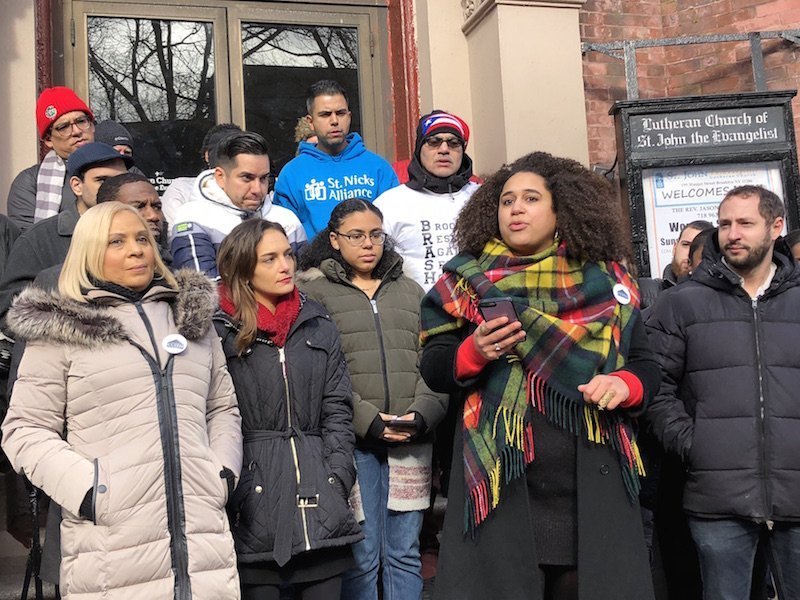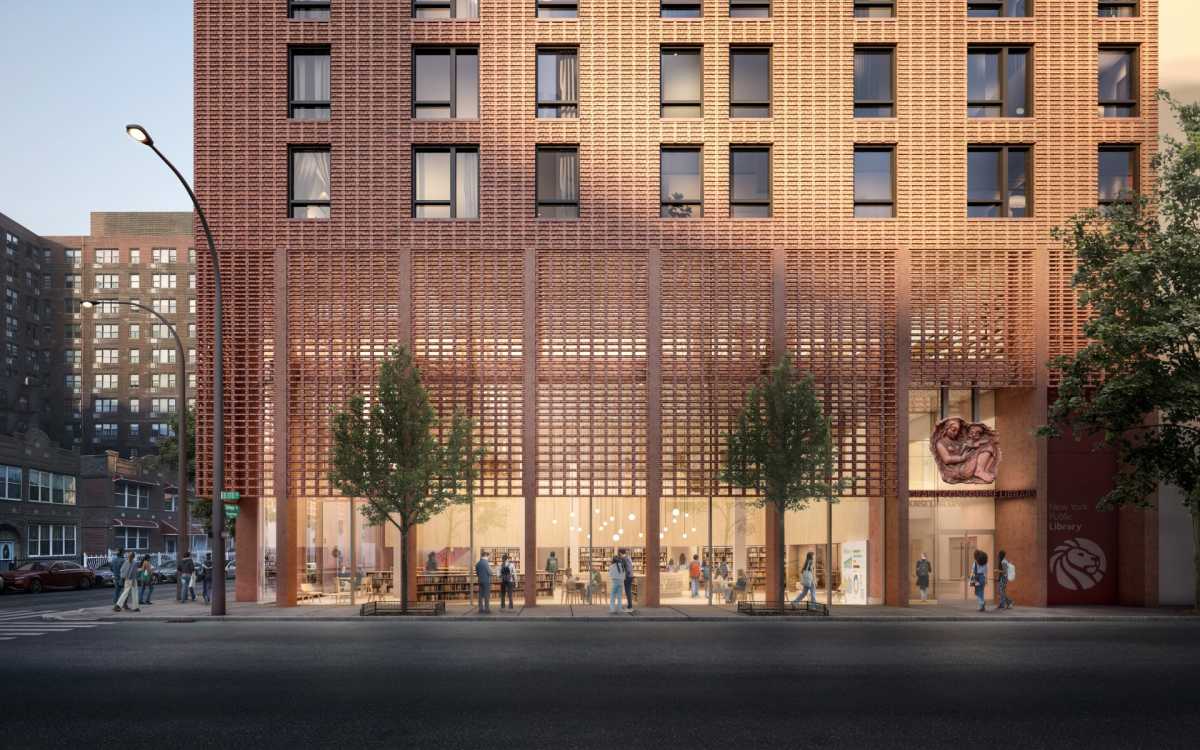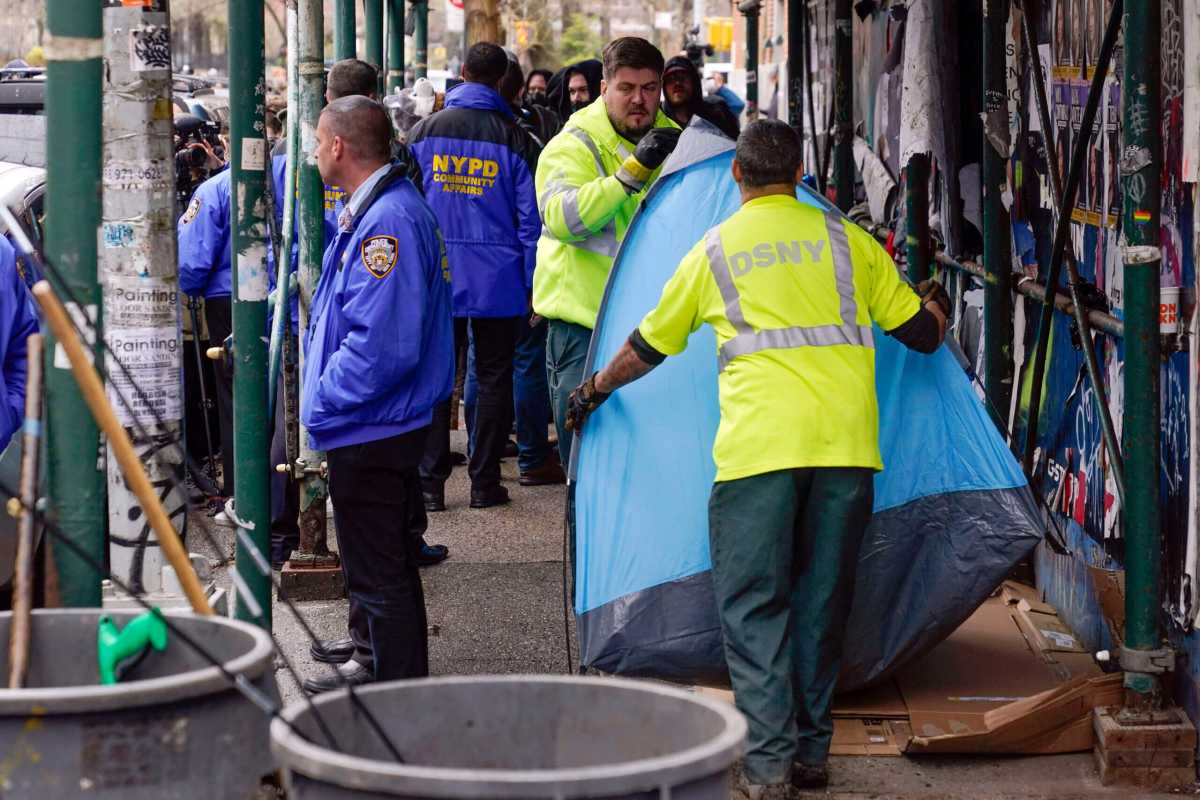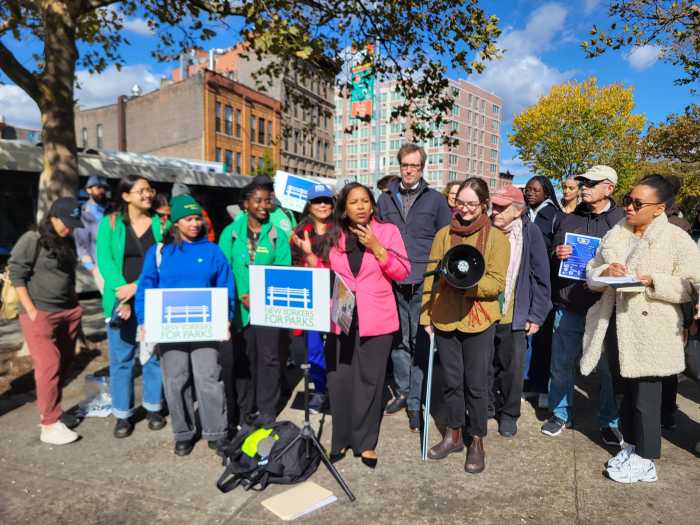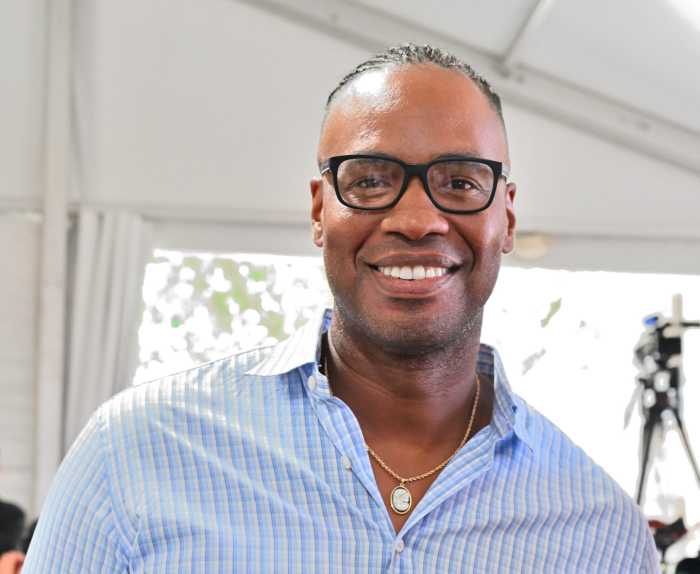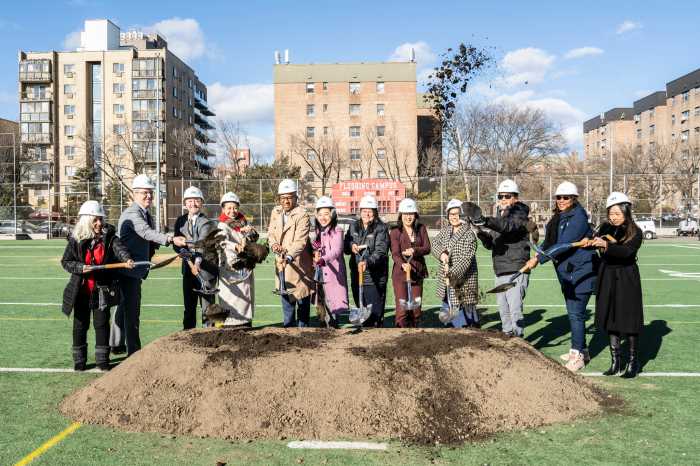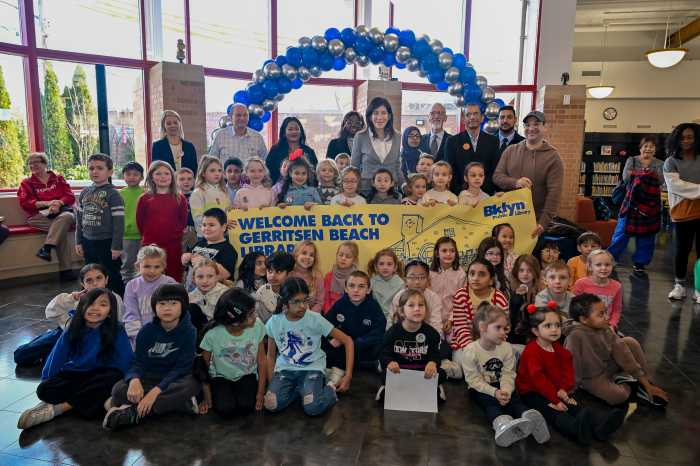North Brooklyn Lawmakers and community housing advocates are proposing a change to the technical manual of the New York City rezoning process that would include an analysis of the racial demographics of an area.
On Sunday, Assemblywoman Maritza Davila (D-Williamsburg, Bushwick), State Senator Julia Salazar (D-Bushwick, Williamsburg, Greenpoint, Cypress Hills, East New York, Bedford-Stuyvesant, Brownsville) and City Councilman Jumaane Williams (D-Flatbush, East Flatbush, Midwood) alongside Churches United For Fair Housing (CUFFH) proposed the addition of a Racial Impact Study (RIS) to accompany the Environmental Impact Study (EIS) currently required as part of every rezoning.
The RIS would give a detailed look at the impact that a certain rezoning would have in comparison to the demographics of an area, so that displacement and gentrification affects would be reviewed.
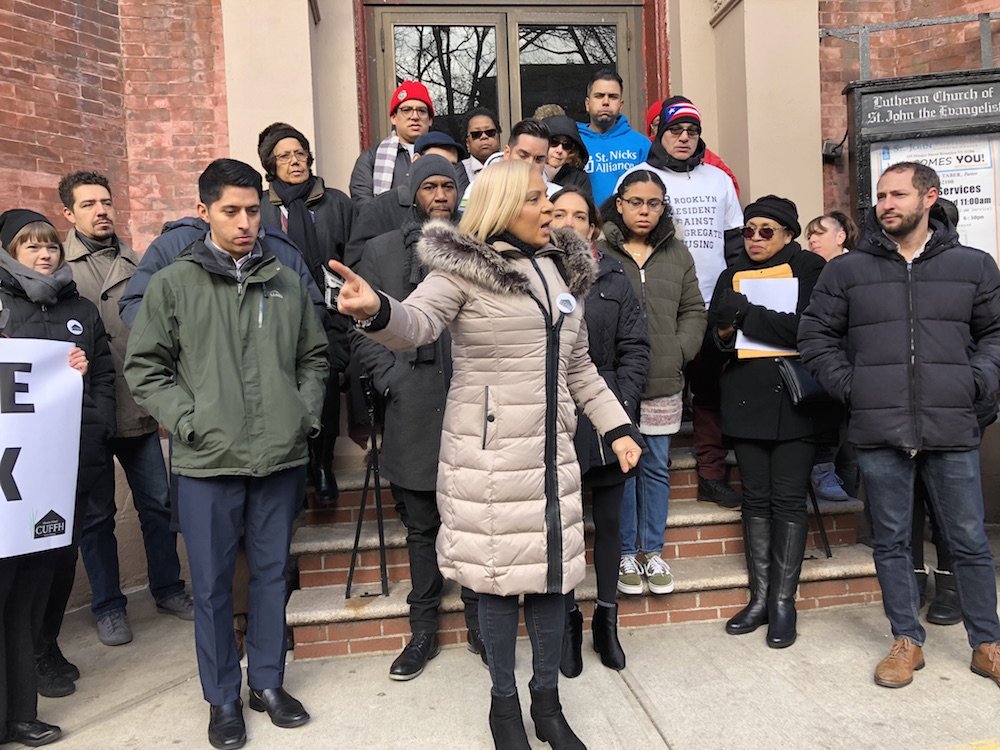
“To come up with an impact study that will monitor racial justice is extremely important throughout all of New York City. My office is inundated with calls everyday with people that are being pushed out. This City has become about money. It’s an injustice that I believe can be dealt with through the Racial Impact Study,” said Davila.
Currently, as part of the city’s rezoning process, the Uniform Land Use Review Procedure (ULURP) an EIS has to be completed before a rezoning is approved.
Pursuant to state and local law, the City Environmental Quality Review (CEQR) identifies any potential adverse environmental effects of proposed actions, assesses their significance, and proposes measures to eliminate or mitigate significant impacts.

Since 2002, New York City has completed hundreds of neighborhood rezonings, covering approximately 40 percent of the city, allowing for more luxury developments in lower-income neighborhoods of color, according to CUFFH.
“This is about more than buildings, this is about communities. It’s about more than incomes it’s about racial justice. As Mayor de Blasio pushes more and more rezonings are communities are becoming more and more segregated. We are standing here today asking the city to recognize that rezonings fail to without regards to race and demographic, fails to meet its obligation to integrate and affirmatively integrate fair housing,” said Alex Fennell, Network Director of CUFFH.
“In Brooklyn and especially in Williamsburg,Greenpoint, Bushwick, we are acutely familiar with how black and brown communities are disproportionately impacted by reckless rezonings. These rezonings have a negative and harmful effect on our communities and who gets to continue to live here,” said Salazar.
Williams, who is currently running for public advocate, placed some of the displacement and changes in demographics over the years on the city’s Mandatory Inclusionary Housing (MIH) law, which he believes should have never passed the City Council.
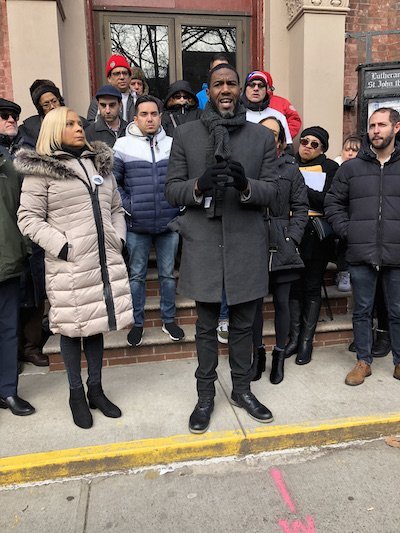
“We have failed miserably when it comes to MIH and rezonings in the city. And I wish that we had a city council that had the leadership to push back last term when the mayor put forth Mandatory Inclusionary Housing because we did not have to be here. The data that I’ve heard is disgusting about what happens to mosaic of people in this city when rezonings happen. We see an increase in one group exponentially more than it is across the city and a decrease in one group more than it is across the city,” said Williams.
According to the most recent data provided by CUFFH, the 2005 Williamsburg waterfront Rezoning has brought a change to the neighborhood. Currently the area’s white population increased by 44 percent, compared to a 2 percent decline citywide, while the area’s Latinx population declined by 27 percent, compared to a 10 percent increase citywide.
Mandatory Inclusionary Housing (MIH) passed the City Council in 2016 and requires developers to provide permanently affordable housing for low- and moderate-income New Yorkers in communities where rezonings will allow MIH substantial room for new growth. In exchange, the developers are able to build larger and more market-rate buildings in gentrifying neighborhoods.
“Something is wrong Mr. Mayor, something is wrong Mr. Governor, something is wrong for the people in leadership, who are democrats who are failing us time and time again. Let’s get this done, we don’t need to squabble about this, we don’t need to have a discussion. No one can look at these rezonings and say melanin isn’t a factor in who is getting hurt and who isn’t being affected,” added Williams.

The campaign was also launched alongside Democratic District Leader Tommy Torres (D-Williamsburg, Bushwick) who deals with the impact of rezonings on a daily basis as a longtime educator and resident who has seen vast population changes over the years.
“Communities of Color are being displaced all over our city , and in Neighborhoods like Williamsburg and Bushwick we are seeing Latino Families moving out at the fastest rate anywhere in NYC. I see it everyday in our Local school Districts 14 and 32 enrollments are down. And at my High school Grand Street Campus where I am Assistant Principal just 10 years ago we had close to 3000 Students now we are at about 1800. The rezoning of Williamsburg in 2005 has been the cause of this effect and as the Rezoning of Bushwick will be happening soon we must help slow down the displacement of our longtime community residents,” said Torres.


